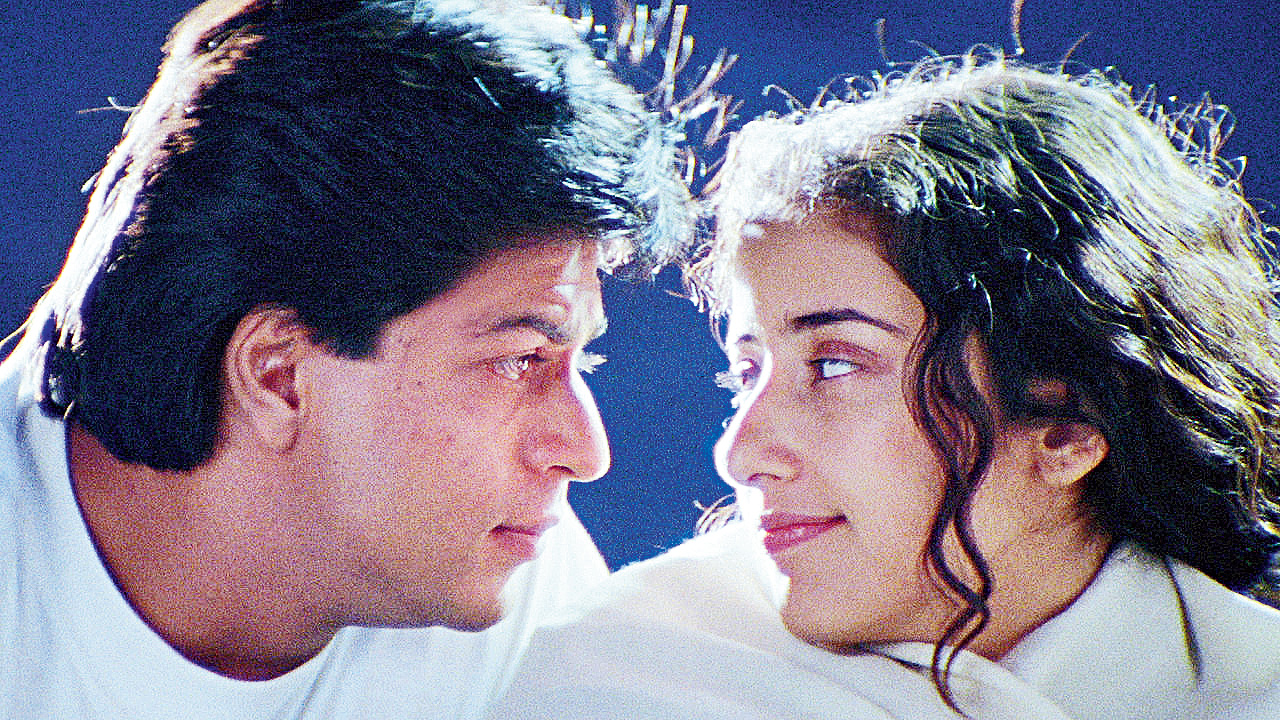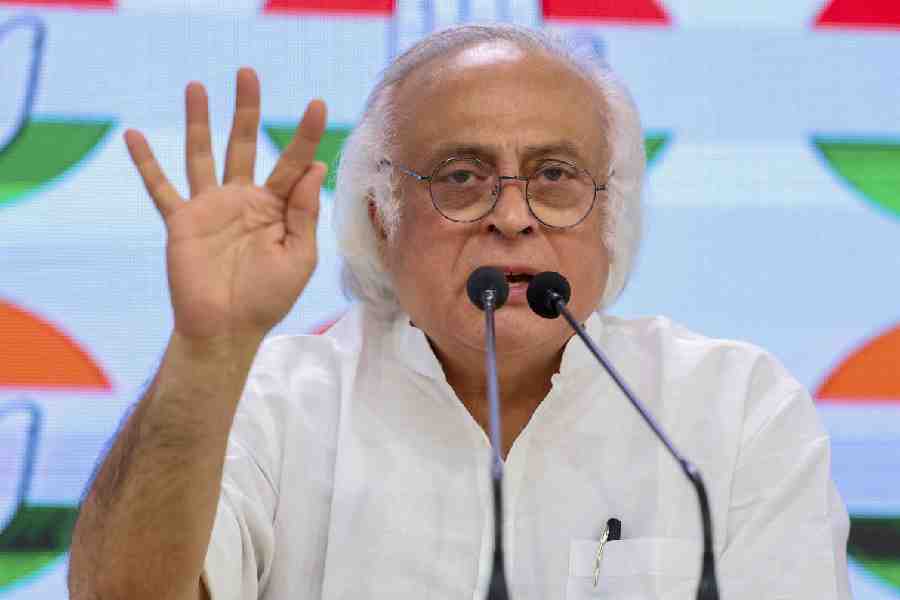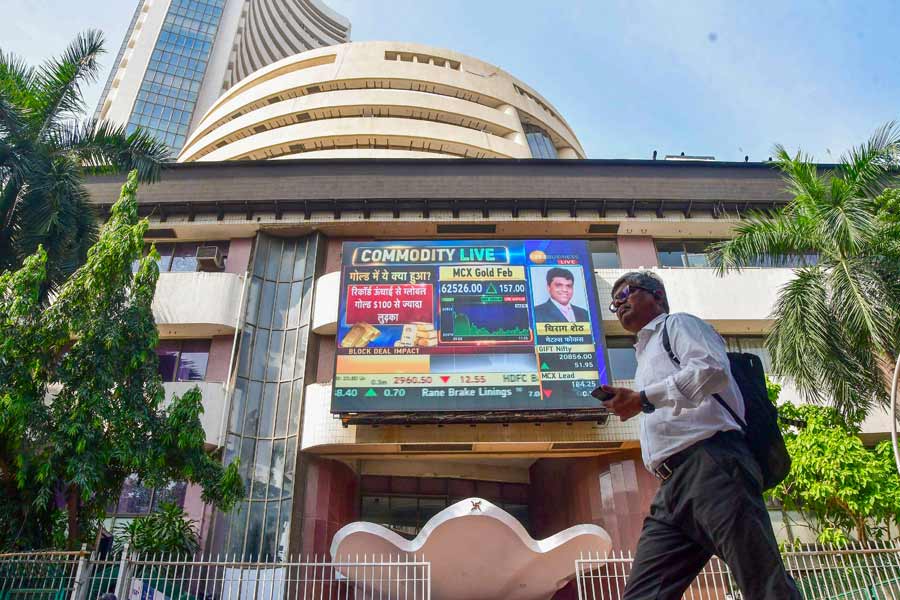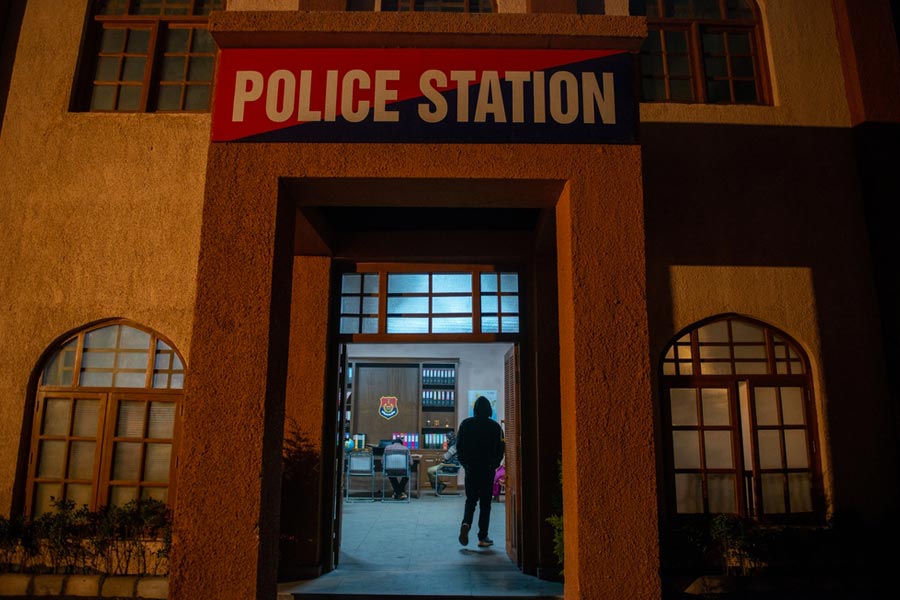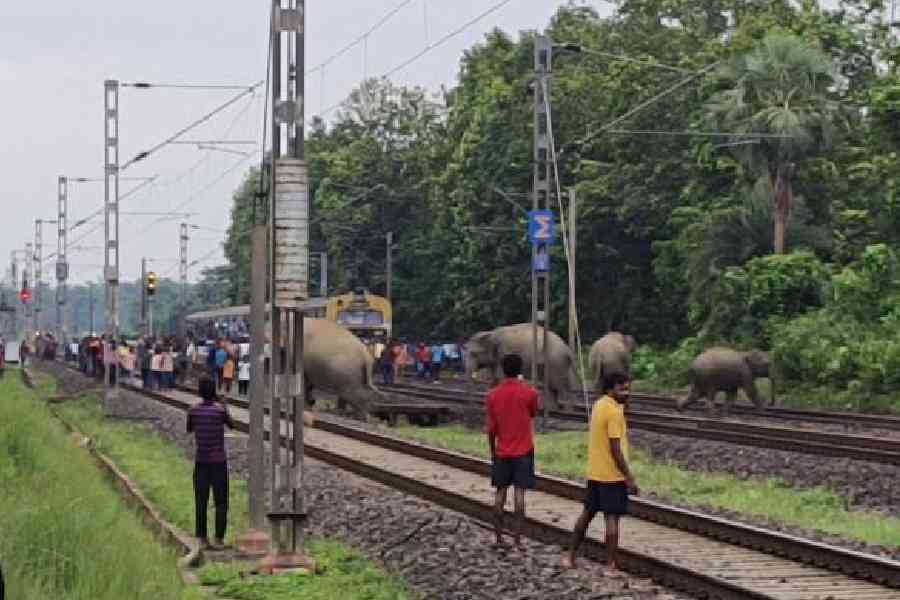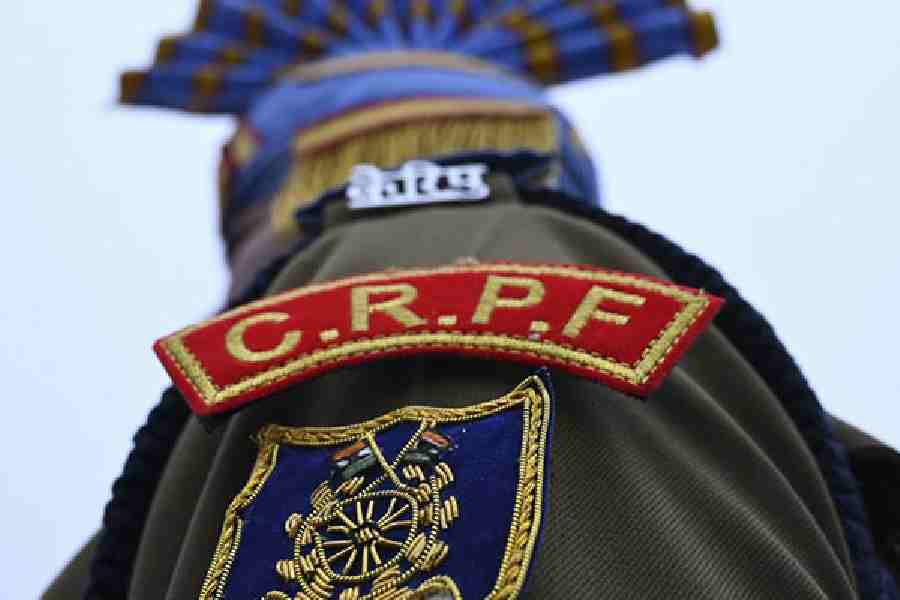
Will you marry me, asks the besotted guy. I have no time, deadpans the girl.
Time’s ticking for the girl who’s an Assamese suicide bomber in August 1998 release Dil Se. Mani Ratnam’s last in a trilogy of love amid political drama after Roja and Bombay, it has happy-go-lucky Delhi radio broadcaster Amar (arguably Shah Rukh Khan’s best performance in the 1990s after Kabhi Haan Kabhi Naa) falling hard for terrorist Meghna/Moina (Manisha Koirala brilliant in parts, despite her unevenly written character) in the insurgency-hit valley. After a series of encounters, sublime and ugly, a heartbroken Amar is back in Delhi, defiantly getting engaged to Preeti (debutante Preity Zinta, the only spot of sunshine besides Zohra Sehgal). But, Meghna comes back. She has a Republic Day agenda, and she needs Amar and his home as a cover.
Everyone knows the end, but let’s rediscover it again. The film, which flopped in India but made money overseas, is now hailed as a classic by many.
It may not be a classic, as Mani Ratnam simplifies Northeast insurgency, human rights violations and the complex power dynamics between India’s so-called mainland and fringes. But, for Indians used to the heavy-handed patriotism of Border (1997), Dil Se’s anguished heroine recalling the excesses of the army is nothing short of an exploding cannon. Some home truths are bitter, shushed by jingoistic patriotism. Mainstream filmmakers steer clear of them. Mani Ratnam took them on.
Dil Se is a must watch for another reason. Senses explode when superlative music (A.R. Rahman) meets haunting lyrics (Gulzar), audacious choreography (Farah Khan) and evocative cinematography (Santosh Sivan) that captures India’s geographical contrasts like never before. And if for nothing else, watch Dil Se for SRK as a man not in love but possessed by love. There’s a difference.

